
EDI module high pure water reverse osmosis ultra-pure water
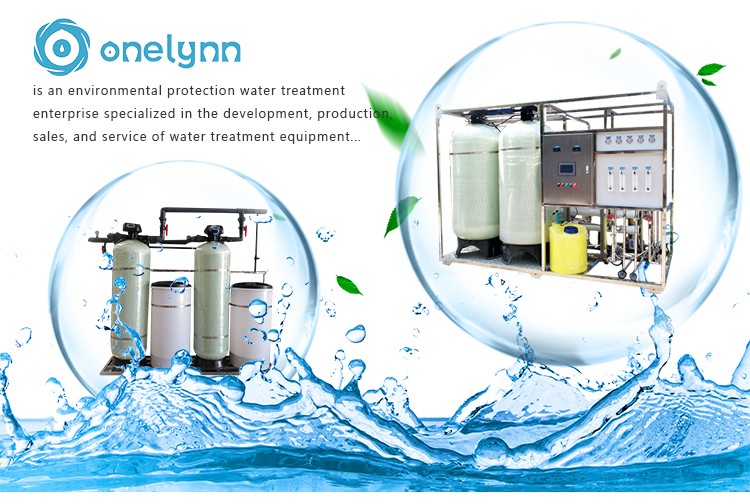
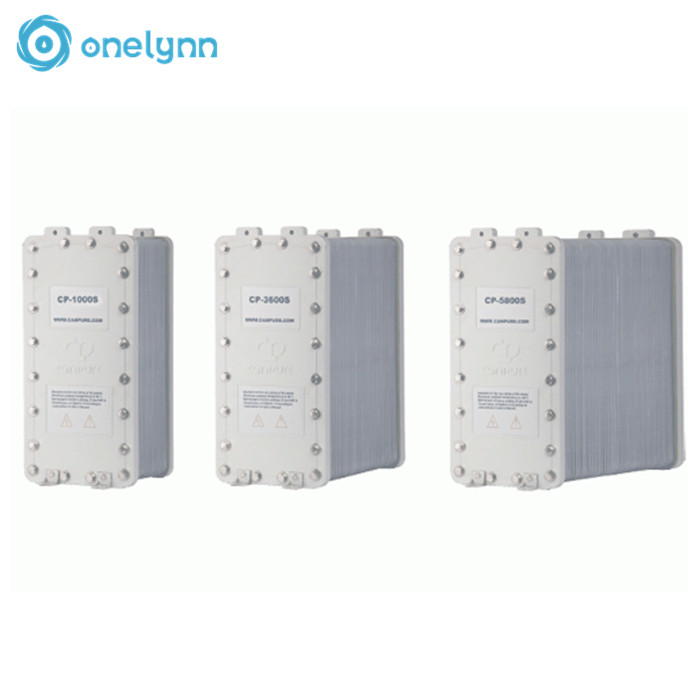

Water inlet requirements:
Project: Technical requirements
Feed water: RO yield water, conductivity ≤20 s/cm (recommended <10 s/cm)
PH value: 6.0 ~ 9.0 (recommended 7.0 ~ 9.0)
Water temperature: 5 ~ 35℃
Hardness :(CaCO3)< 0.5 PPM
Organic matter: < 0.5 PPM, TOC recommended value is zero
Oxide: ≤0.05 PPM (Cl2), 0.02 PPM (O3), both of which are zero optimal
Fe, Mn: ≤0.01 PPM
Silicon dioxide: < 0.5 PPM
Carbon dioxide: < 5 PPM
Tap water often contains sodium, calcium, magnesium, chlorine, nitrate,
silicon and other dissolved salts. These salts are composed of negative
ions (negative ions) and positive ions (positive ions). Reverse osmosis
can remove more than 99% of the ions. Tap water also contains trace
amounts of metals, dissolved gases (such as CO2) and other weakly
ionized compounds (such as silicon and boron) that must be removed
in industrial processes.
RO reverse osmosis water (EDI), the water is generally 60-40 mu/cm
(conductivity), according to different needs, ultrapure water or deionized
water resistance is generally 2 to 18 m Ω microns.
The exchange reaction takes place in the module's pure chemical chamber,
where anion exchange resins exchange their oxyhydrogen with ions (OH-)
to exchange the negative ions in dissolved salts (e.g., C1 chloride). Accordingly,
cation exchange resins exchange cations (such as Na+) in dissolved salts with
their hydrogen ions (H+)
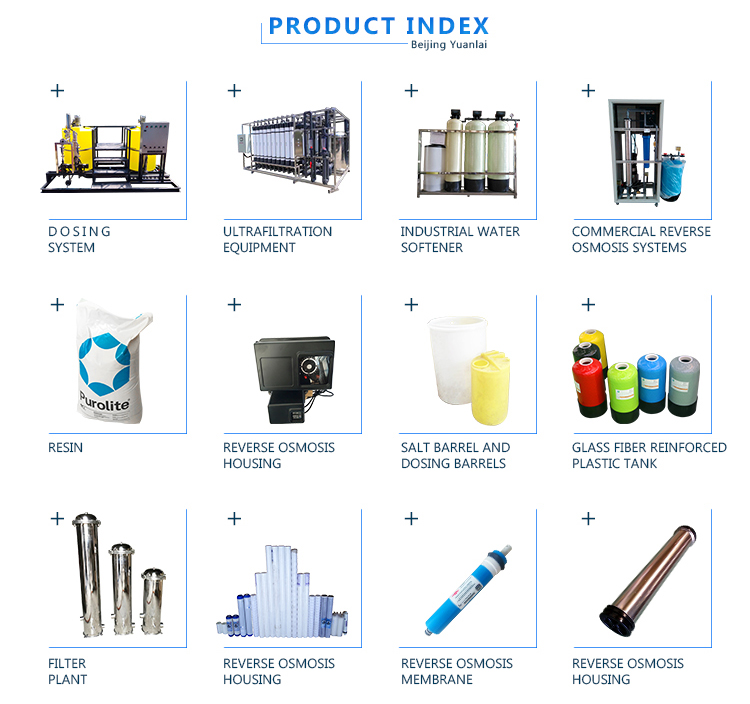



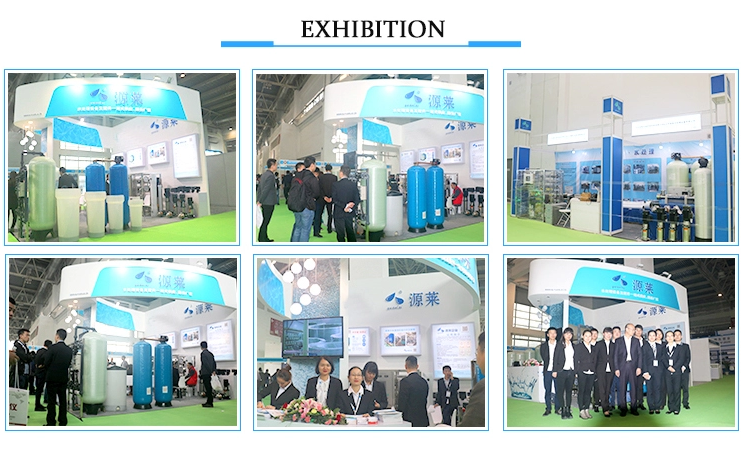


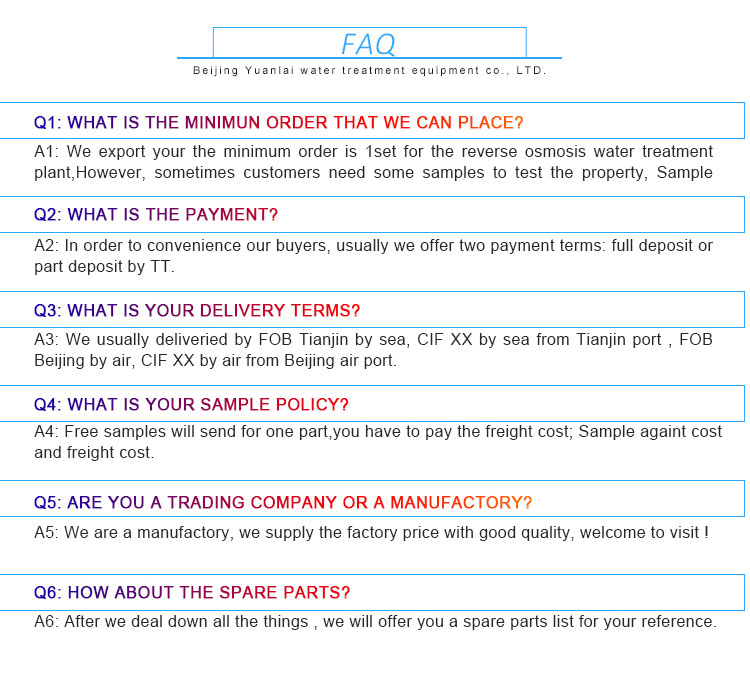

Contact
Supplier


















